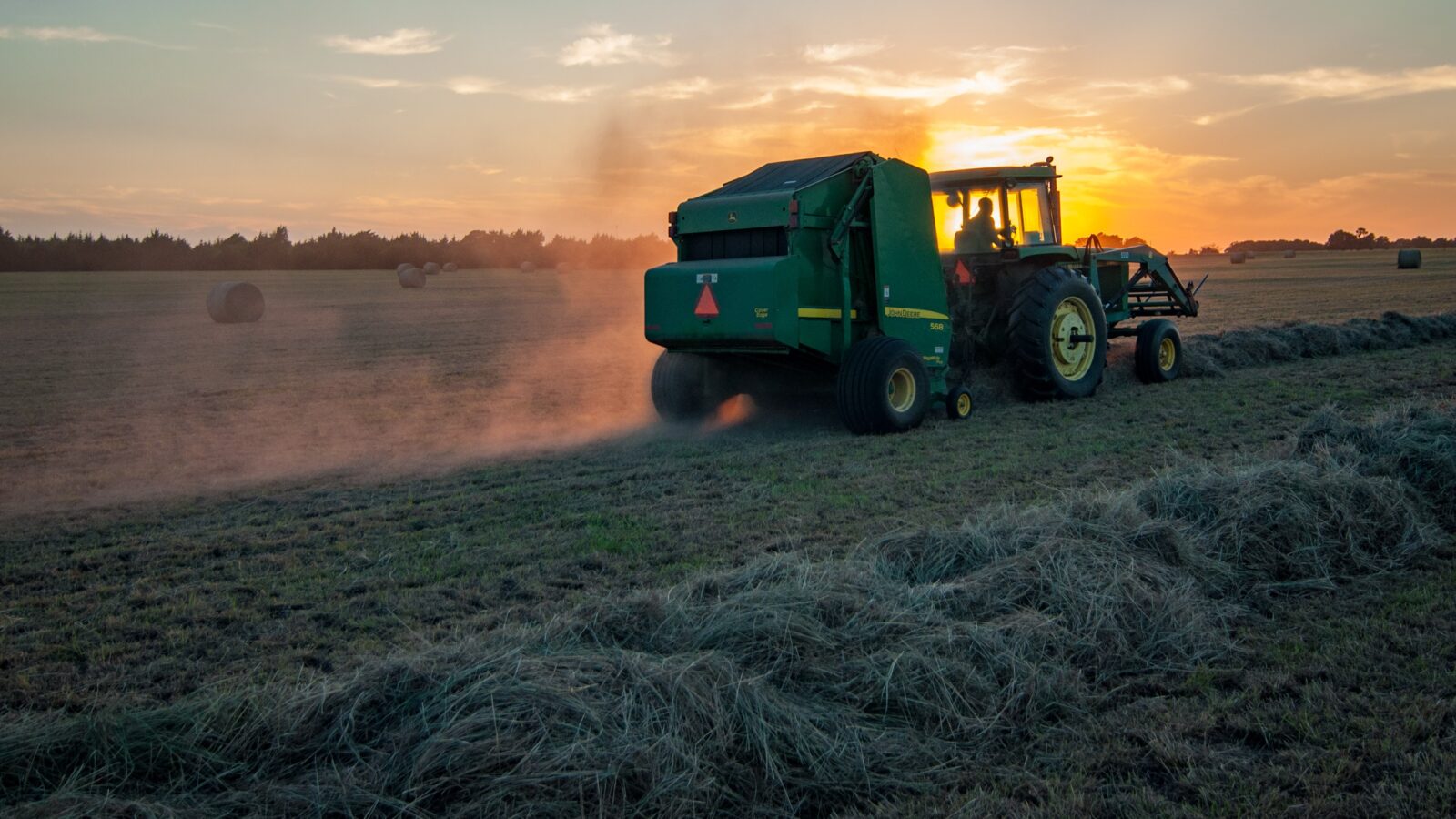
THE UNITED STATES HAS BEEN PRACTICING SUSTAINABILITY LONG BEFORE IT BECAME THE ISSUE IT IS TODAY.
Here’s 10 facts about U.S. sustainability in agriculture:
1. The current Clean Water Act in the U.S. dates back to 1948 with the objective to ensure clean, abundant water supplies. Its provisions also help to protect fish and other organisms in U.S. waters.
2. Since the 1950s, all Alaska seafood is harvested on the sustainable yield principle as mandated by the State of Alaska Constitution, which states that: “Fish, forests, wildlife, grasslands, and all other replenishable resources belonging to the State shall be utilized, developed, and maintained on the sustained yield principle.”
3. Since the 1980s, the U.S. Soy sector has:
- Decreased energy use by 42% per tonne of U.S. soybean production;
- Decreased greenhouse gas emissions (GHG) by 41% per tonne of U.S. soybeans
- Decreased soil erosion by 66% per tonne of U.S. soy production.
4. The U.S. Dairy sector has:
- Reduced dairy-related greenhouse gas emissions by 63% over the past 60 years;
- Committed to a voluntary goal to reduce greenhouse gas (GHG) emissions in the production of fluid milk by 25 percent by the year 202
5. The U.S. Clean Air Act was enacted in 1955 and has been revised since the 1970s to set air standards nationwide and require the use of technology to improve air quality.
6. Since the early 1970s, the Endangered Species Act protects both animals and their habitats when they are in danger of extinction.
7. From 1980 – 2011, U.S. Rice improved on measures of resource “efficiency,” with decreases (in per hundredweight) in land use (-35%); soil erosion (-34%); irrigation water (-53%); energy use (-38%); and greenhouse gas emissions (-38%).
8. American Hardwoods are derived from sustainably-managed forests in the United States. Forest inventories demonstrate that between 1953 and 2007, the volume of U.S. hardwood growing stock more than doubled from 5,210 million to 11,326 million m3.
9. From 1980 – 2011, U.S. Corn producers achieved declines per unit of production in soil erosion (-67%); irrigation (-53%); energy use (-44%); and greenhouse gas emissions (-36%).
10. On April 27, 1935 the U.S. Congress passed Public Law 74-46, in which it recognized that “the wastage of soil and moisture resources on farm, grazing, and forest lands . . . is a menace to the national welfare”. Thus, for 80 years, the Natural Resources Conservation Service has been a pioneer in conservation, working with landowners to maintain healthy and productive lands, helping not only the environment but agricultural operations tools.


